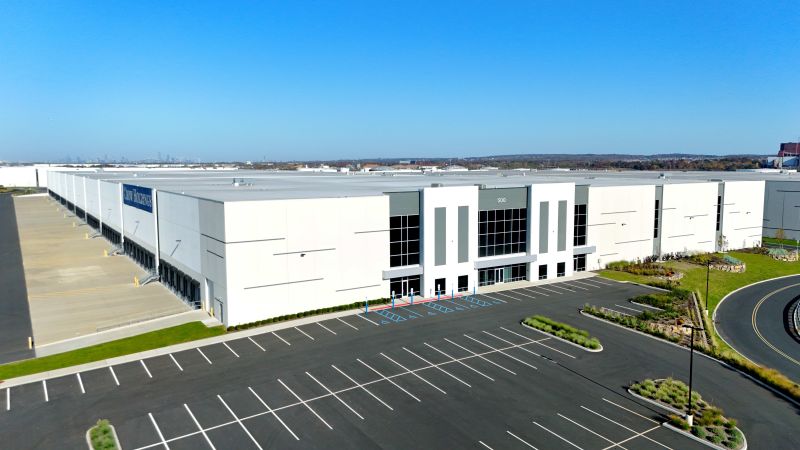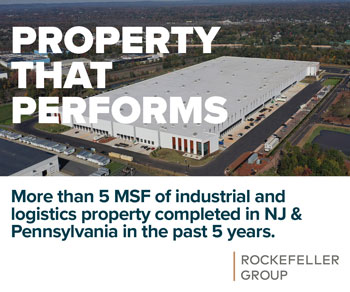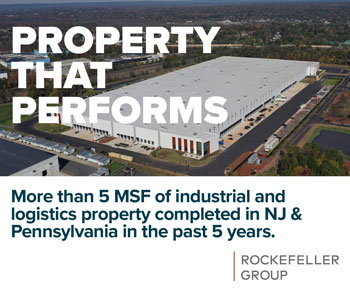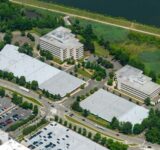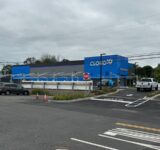500 Salt Meadow Road in Carteret — File photo / Courtesy: Crow Holdings Development
By Joshua Burd
Industrial vacancy in New Jersey declined in the third quarter, as landlords enjoyed strong leasing momentum and a much-needed slowdown in new building deliveries.
Much of that demand came from tenants seeking more than 100,000 square feet, according to multiple reports, including those that had hesitated in prior quarters as trade tensions loomed. Deals of that size and in higher-end buildings accounted for nearly 44 percent of the 10.7 million square feet of Q3 leasing volume tracked by JLL — which included a strong showing by offshore third-party logistics firms — fueling a decline of 20 basis points in New Jersey’s industrial vacancy rate.
That marked the largest quarterly decrease in more than three years, the firm found.
“After several quarters of adjustment, New Jersey’s industrial market fundamentals are beginning to tighten again,” said Rob Kossar, vice chairman and head of JLL’s Northeast industrial region. “Vacancy is easing and leasing is outpacing the trailing three-year average. The return of larger Class A deals and renewed 3PL activity are encouraging indicators that demand remains structurally sound. If these trends hold, we’re likely to see sustained stability and more disciplined growth across the Northeast industrial landscape heading into 2026.”
A separate report by Cushman & Wakefield tracked 8.9 million square feet of third-quarter leasing volume in New Jersey, which amounted to a quarter-over-quarter jump of 59.1 percent. That pushed year-to-date activity to 19.9 million square feet, up 4.5 percent from the same period in 2024, with a heavy concentration in the corridors around the New Jersey Turnpike.
Among the top Q3 deals identified by C&W were Sino Investment’s 480,420-square-foot lease at 16 Applegate Drive in Robbinsville and BroadRange Logistics’ 479,700-square-foot commitment at 500 Salt Meadow Road in Carteret, a deal that helped complete Crow Holdings Development’s lease-up of a 1.2 million-square-foot campus.
“Many tenants who had previously delayed decisions earlier due to tariff-related uncertainty around consumer demand moved forward, taking advantage of the temporary pause in trade tensions,” said Felix Soto, a research manager at Cushman.
Critical to the quarter’s positive net absorption, or the change in occupied space, was the slowing pace of new construction. A report by NAI James E. Hanson found that developers in northern and central New Jersey had completed 5.4 million square feet of new warehouse space through Q3, down from 11.9 million square feet at the same time last year.
That moderation is slated to continue into 2026, the firm said.
“In 2023, speculative construction deliveries began to outpace leasing and absorption and led to more than two years of negative absorption,” NAI Hanson wrote in the market report. “The slowing of available space from new construction coupled with sustained or increased demand should finally lead to positive absorption during the last quarter of 2025 or in early 2026.”

